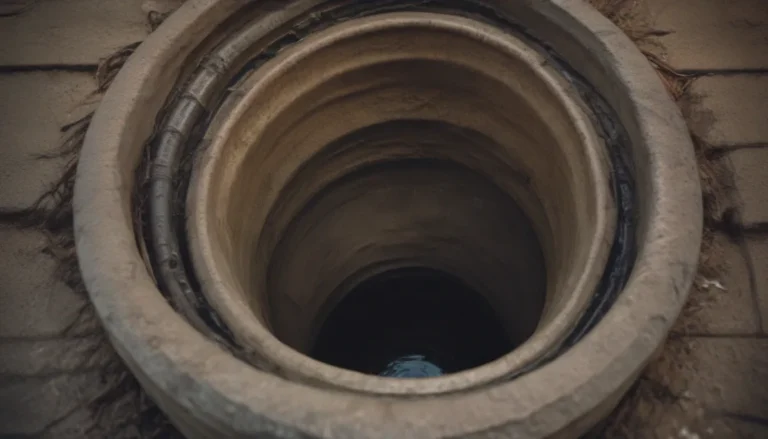The Ultimate Guide on How to Safely and Effectively Use Paint Thinner

If you’re a DIY enthusiast or a professional painter, knowing how to use paint thinner can be a valuable skill. Paint thinner is a versatile product that can be used to clean painting tools, strip old paint, and thin paint for various applications. In this comprehensive guide, we will explore the different uses of paint thinner, safety considerations, and practical tips for getting the most out of this powerful solvent.
What is Paint Thinner?
Paint thinner is a generic term used to describe a group of solvents that are specifically designed to thin paint or remove it from surfaces and tools. Common examples of paint thinners include turpentine, acetone, naphtha, toluene, and xylene. These solvents are powerful and can break down oil-based paints, primers, and stains with ease.
While paint thinner is primarily used for stripping paint and cleaning tools, it can also be used to thin paint for optimal application. By reducing the viscosity of the paint, you can achieve a smoother finish on your painting projects or easily load a paint sprayer for larger tasks.
Safety Considerations When Using Paint Thinner
Before diving into the various applications of paint thinner, it’s essential to prioritize safety. Paint thinner contains potent chemicals that can be harmful to your health and the environment if not handled correctly. Here are some key safety considerations to keep in mind:
- Work in a well-ventilated area to avoid inhaling harmful fumes.
- Wear appropriate safety gear, including gloves, a long-sleeve shirt, long pants, closed-toe shoes, and safety goggles.
- Avoid skin contact with paint thinner, as it can be corrosive and cause irritation.
- Always read and follow the manufacturer’s safety instructions on the product label.
How to Use Paint Thinner to Clean Painting Tools
Cleaning painting tools with paint thinner is a simple yet effective way to prolong their lifespan and ensure smooth painting results. Here’s a step-by-step guide on how to use paint thinner to clean your brushes, rollers, and other painting equipment:
-
Fill a Container With Paint Thinner: Use a bucket or suitable container to hold the paint thinner for easy access.
-
Clean Paintbrushes and Rollers: Dip the brushes and rollers into the paint thinner and gently wipe away the paint residue. Follow up with warm, soapy water to remove any remaining paint thinner.
-
Clean Paint Cans and Trays: Use a dry cloth or rag soaked in paint thinner to clean up spills or messes on paint cans and trays.
How to Use Paint Thinner to Strip Paint
If you’re looking to remove old paint from surfaces, paint thinner can be a handy tool. Here’s a detailed guide on how to effectively strip paint using paint thinner:
-
Choose the Correct Paint Thinner: Select a paint thinner that is compatible with the material you’re working with, such as wood, drywall, or metal.
-
Apply Paint Thinner: Use a paintbrush to apply a thin layer of paint thinner to the surface and allow it to sit for the recommended time.
-
Remove the Paint: Use a plastic paint scraper to gently scrape off the softened paint. Repeat the process as needed until the surface is clean.
-
Clean off the Paint Thinner: Wipe down the area with clean water to remove any residual paint thinner and prepare the surface for repainting.
How to Use Paint Thinner to Thin Paint
Thinning paint with paint thinner can improve application and achieve a smoother finish. Here’s how you can effectively thin paint using paint thinner:
-
Choose an Appropriate Paint Thinner: Select a paint thinner that is suitable for the type of paint you’re using.
-
Measure and Mix the Paint Thinner: Follow the manufacturer’s recommendations for mixing ratios (typically 3:1 or 4:1 of paint to paint thinner) to achieve the desired consistency.
-
Test the Mixture: Apply a small amount of thinned paint to test the viscosity and adjust as needed until you achieve the desired results.
Storing Paint Thinner
Proper storage of paint thinner is crucial to ensure its effectiveness and prevent safety hazards. Here are some tips for storing paint thinner safely:
- Seal the container tightly after each use.
- Store the paint thinner in a cool, dry place away from heat sources.
- Check the manufacturer’s instructions for specific storage recommendations.
- Keep the paint thinner out of reach of children and pets.
By following these guidelines, you can safely and effectively use paint thinner for a variety of painting tasks.
In conclusion, paint thinner is a versatile product that can be used for cleaning, stripping, and thinning paint. By understanding how to use paint thinner properly and prioritizing safety, you can achieve professional results in your painting projects. Remember to always read and follow the manufacturer’s instructions when using paint thinner and handle it with care.
For more information on paint thinner safety in the workplace, refer to the Occupational Safety and Health Administration (OSHA) Infosheet on Toluene Safety.
With these tips and techniques, you’re ready to tackle any painting project with confidence and precision. Happy painting!





